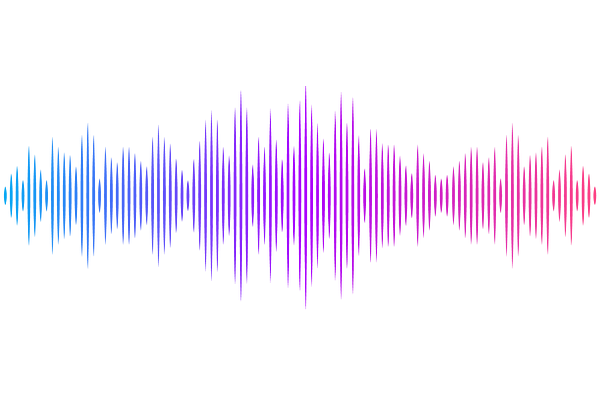Type Ibn supernovae from ultra-stripped supernova progenitors

Type Ibn supernovae from ultra-stripped supernova progenitors
Takashi J. Moriya, Bernhard Mueller, Sergei I. Blinnikov, Marina Ushakova, Elena I. Sorokina, Thomas M. Tauris, Alexander Heger
AbstractUltra-stripped supernovae are core-collapse supernovae from progenitors that lose a significant fraction of mass because of the binary interactions with their compact companion stars. Ultra-stripped supernovae have been connected to fast-evolving faint Type Ib or Ic supernovae. Here, we show that in some cases ultra-stripped supernovae can result in Type Ibn supernovae. Progenitors of ultra-stripped supernovae may trigger violent silicon burning shortly before the core collapse, leading to mass ejection that results in a dense circumstellar matter. By taking an ultra-stripped supernova progenitor that loses 0.2 Msun at 78 days before the core collapse, we compute the light-curve evolution of the ultra-stripped supernova within the dense circumstellar matter. The core collapse results in a supernova explosion with an ejecta mass of 0.06 Msun and an explosion energy of 9e49 erg. Because the dense circumstellar matter is more massive than the supernova ejecta, the ejecta are immediately decelerated and the light curve is powered mainly by the circumstellar interaction. Therefore, this ultra-stripped supernova is likely observed as a Type Ibn supernova. We suggest that some Type Ibn supernovae may originate from ultra-stripped supernova progenitors losing significant mass shortly before their explosion due to violent silicon burning.